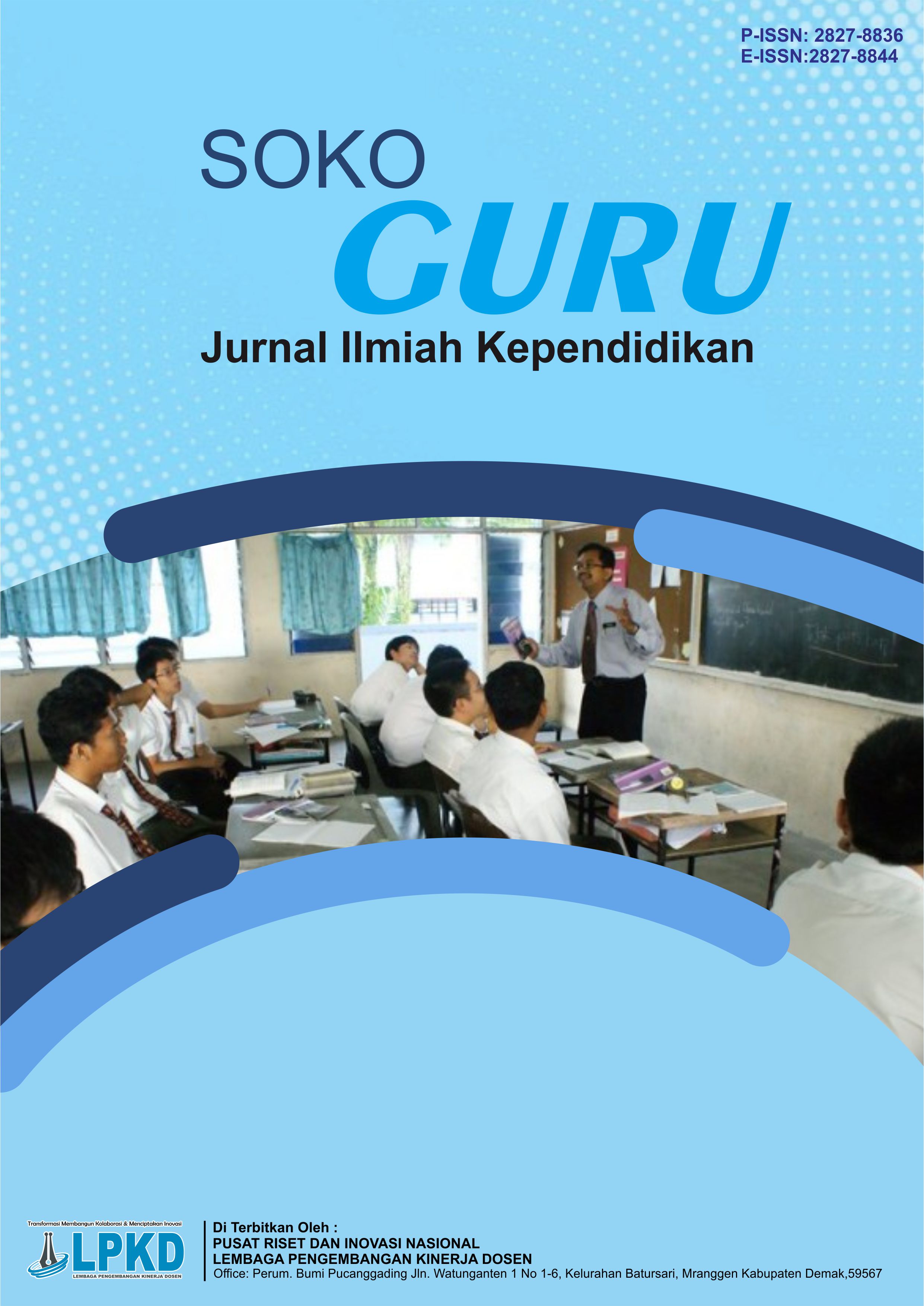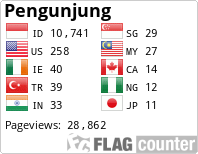The Silent Way Method in Learning Arabic
DOI:
https://doi.org/10.55606/sokoguru.v2i3.1233Keywords:
The Silent Way Method, Learning, ArabicAbstract
The Silent Way method (al-tharīqah al-Shāmitah) was discovered by a language learning expert named Caleb Gattegno (1972), who applied philosophy and cognitivism principles in his learning. This study aims to determine the extent to which the Silent Way method can be used in learning Arabic. This research was conducted by library research by collecting some empirical documents. The results of this study reveal that in using the Silent Way method, an educator must speak a little during the learning process in class. But that does not mean not doing anything during the learning process. Using various learning media, this method is based on a rule that educators should be silent so that students can express their opinions as widely as possible.
Downloads
References
Arsyad, A. (2010). Bahasa Arab dan Metode Pengajarannya: Beberapa Pokok Pikiran. Pustaka Pelajar.
Caine, Geoffrey dan Caine, Renate. 1994. Making Connections: Teaching and the Human Brain. Menlo Park, CA: Addison-Wesley.
Fachrurrozi, Aziz dan Mahyudin, Erta. 2016. Pembelajaran Bahasa Asing: Tradisional & Kontemporer. Jakarta: PT. RajaGrafindo Persada
Glasser, William. 1999. Choice Theory: A New Psychology of Personal Freedom. New York, NY: Harper Collins.
Hermawan, Acep. 2011. Metodologi Pembelajaran Bahasa Arab. Bandung: PT Remaja Rosdakarya.
Jensen, Eric. 2008. Brain-Based Learning. Penerjemah: Narulita Yusron. Yogyakarta: Pustaka Pelajar. Larsen, Diane. 2000. Freeman. Techniques and Principles in Language Teaching. Oxford: Oxford University Press.
Ramayulis. (1998). Ilmu Pendidikan Islam. Kalam Mulia.
Wibowo, B. S. (2021). Pedagogical Competence of Arabic Language Lecturers at Islamic University. Lughawiyyat: Jurnal Pendidikan Bahasa Dan Sastra Arab, 4(1), 59–73. https://doi.org/10.38073/lughawiyyat.v4i1.431
Yunus, M. (2006). Pokok-Pokok Pendidikan dan Pengajaran. Hidakarya Agung.
Zulmardi. (2009). Mahmud Yunus dan Pemikirannya dalam Pendidikan. Ta’dib: Jurnal Pendidikan FTIK UIN Mahmud Yunus Batusangkar, 11(2). https://doi.org/10.31958/jt.v12i1.151
Downloads
Published
How to Cite
Issue
Section
License
Copyright (c) 2022 SOKO GURU: Jurnal Ilmu Pendidikan

This work is licensed under a Creative Commons Attribution-ShareAlike 4.0 International License.








